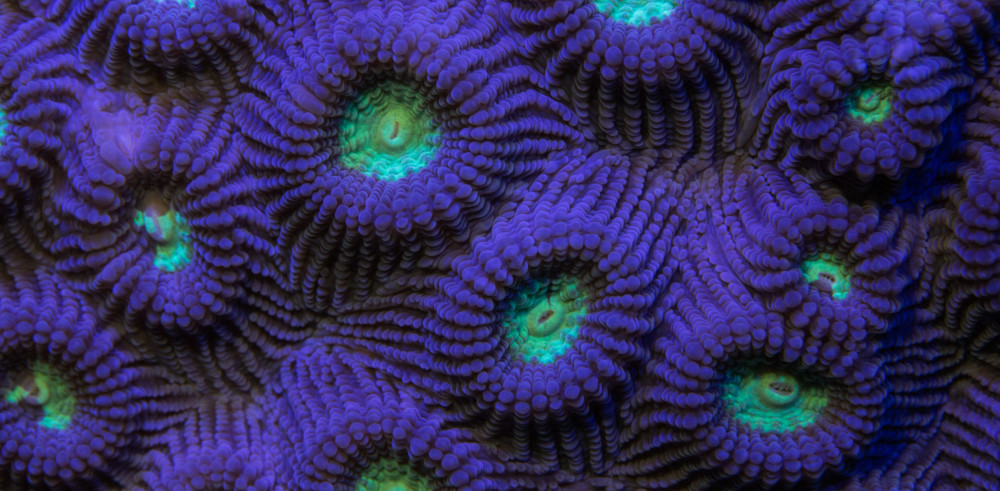Gymnodoris nigricolor Is a tiny nudibranch that attaches to the fins of gobies. It is found in the winter months and then it seems to completely disappear when the water warms up. This nudibranch is by far the hardest to photograph because of its size and it stays attached to it’s host. When the goby feels threatened, it retreats into its burrow taking the tiny slug down the hole with it.
In order to photograph sand-dwelling gobies you will generally need a 50mm-100mm macro lens.
 Be patience and move slowly. If your lucky the goby will accept your presence without retreating.
Be patience and move slowly. If your lucky the goby will accept your presence without retreating.
 February 2018, I was fortunate to find Gymnodoris nigricolor crawling on the sand in search of a host
February 2018, I was fortunate to find Gymnodoris nigricolor crawling on the sand in search of a host
 When the slug finds a host it will attach onto the closest fin.
When the slug finds a host it will attach onto the closest fin.
 Look close and you can see the buccal apparatus of the slug clamping down.
Look close and you can see the buccal apparatus of the slug clamping down.
 Once its locked down, the goby cannot shake the slug off.
Once its locked down, the goby cannot shake the slug off.
 No one really knows what happens next. Why does the nudibranch attach to the fins of its host? Does this specialist feed on only the fins of gobies or is there another reason?
No one really knows what happens next. Why does the nudibranch attach to the fins of its host? Does this specialist feed on only the fins of gobies or is there another reason?
If you would like see stunning photographs of more sea slugs check out my post on nudibranchs
My Mission: To Document and Preserve the Wildlife of the Ryukyu Islands
This site is also designed to help people identify the beautiful animals of Okinawa, basically to serve as an online nature reference guide. If you would like to make a contribution to support my mission, please click on the donation link paypal.me/maketheswitch4nature
Your donations will help conservation initiatives as well as bring solutions to the worldwide pollution issues on our beautiful shorelines. Thank you for your support, Shawn M Miller.
#MakeTheSwitch4Nature


















